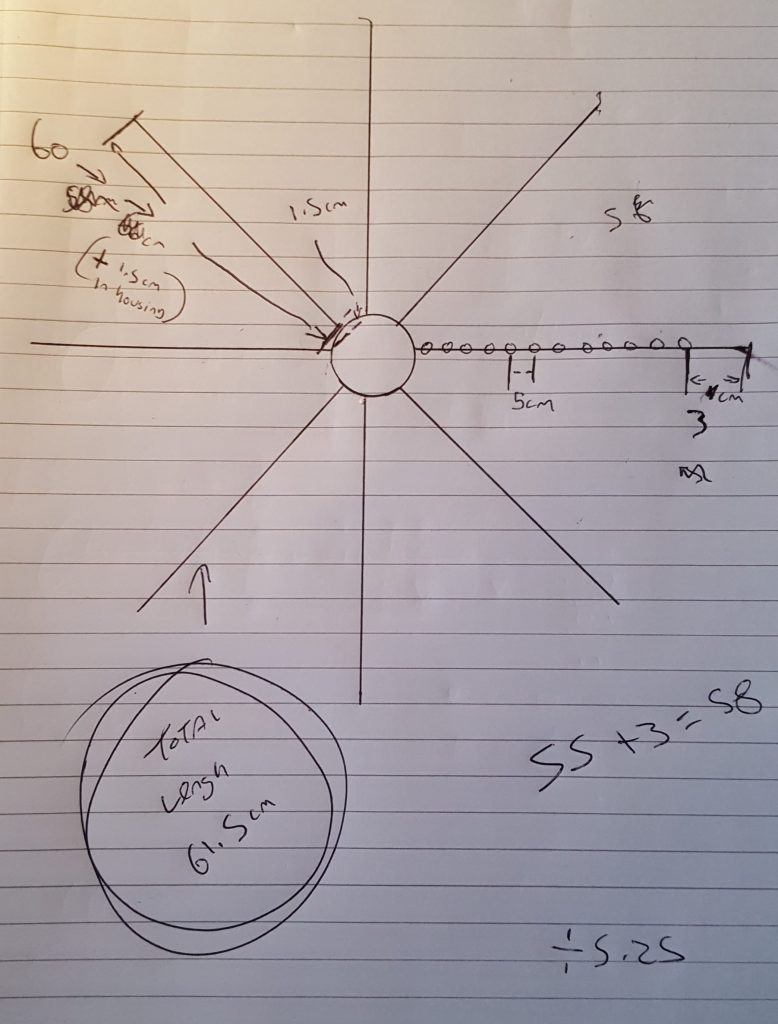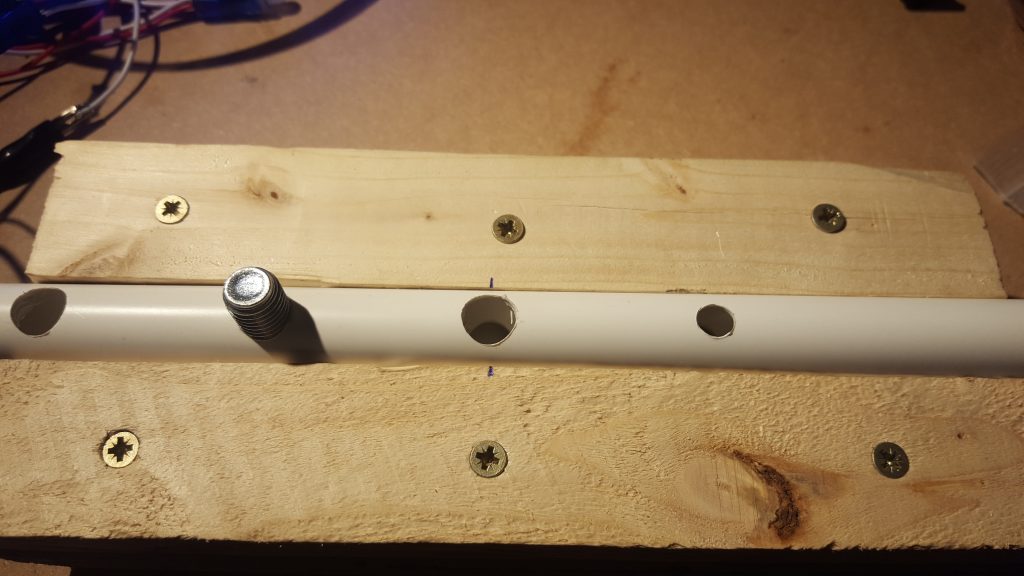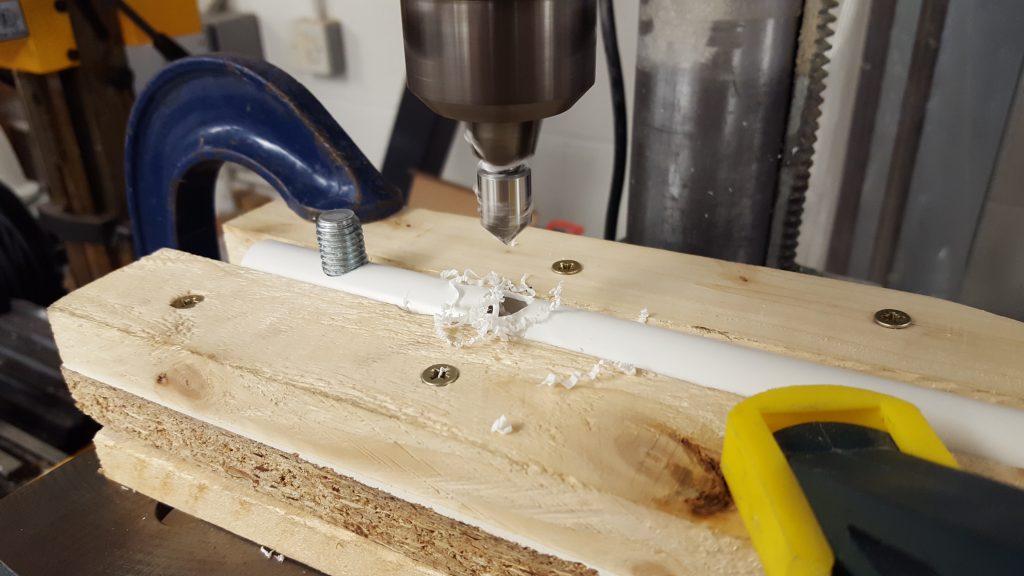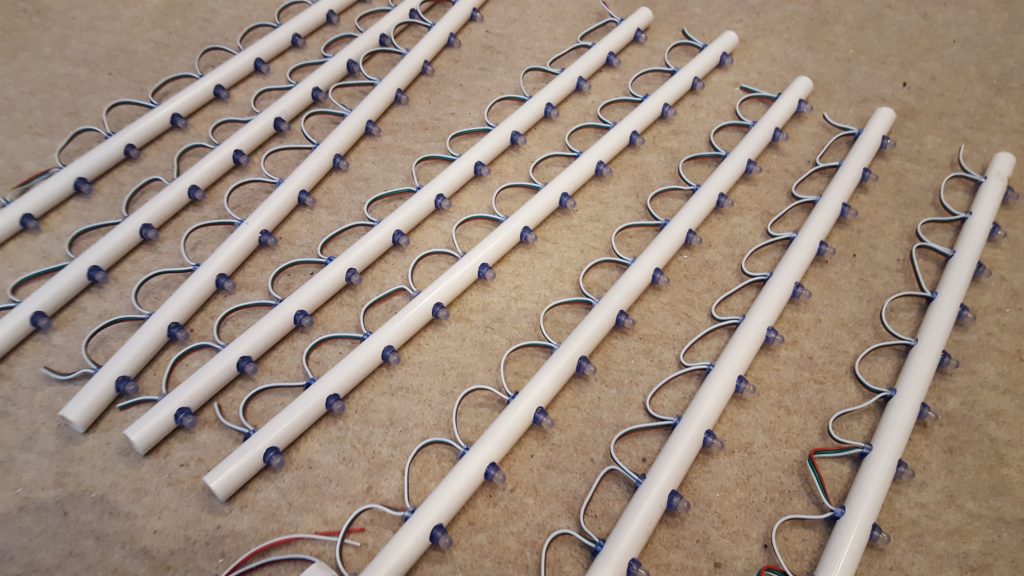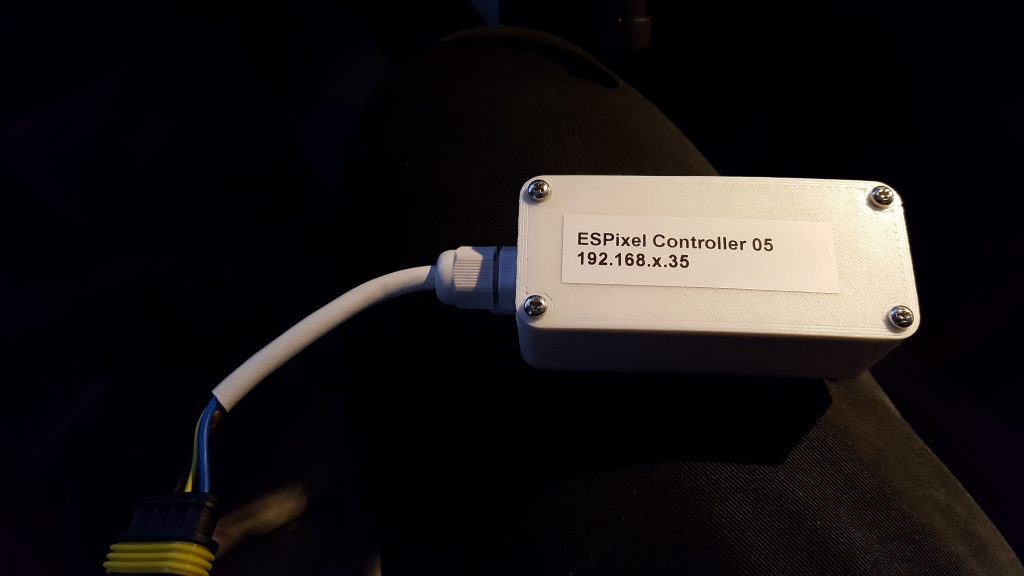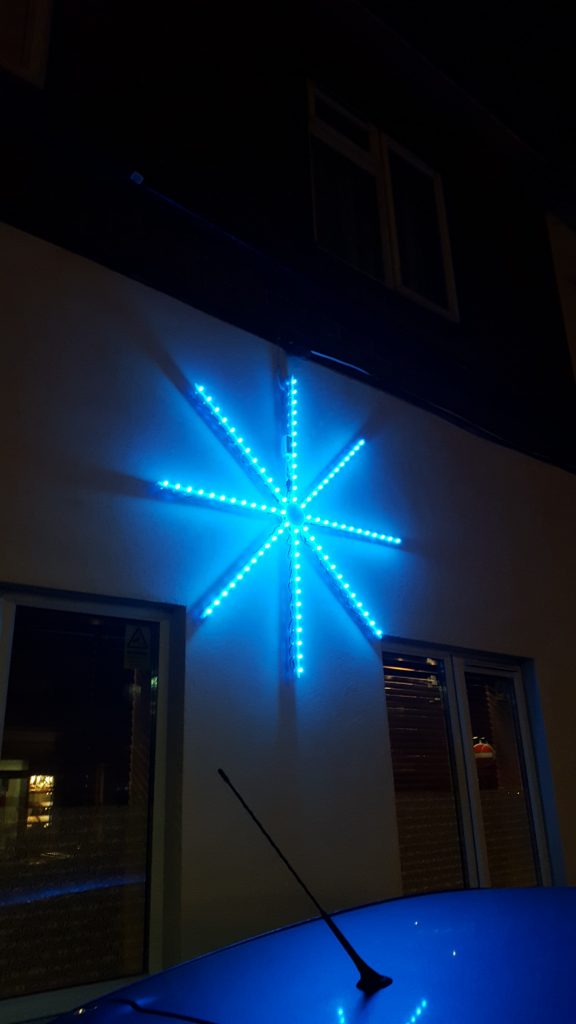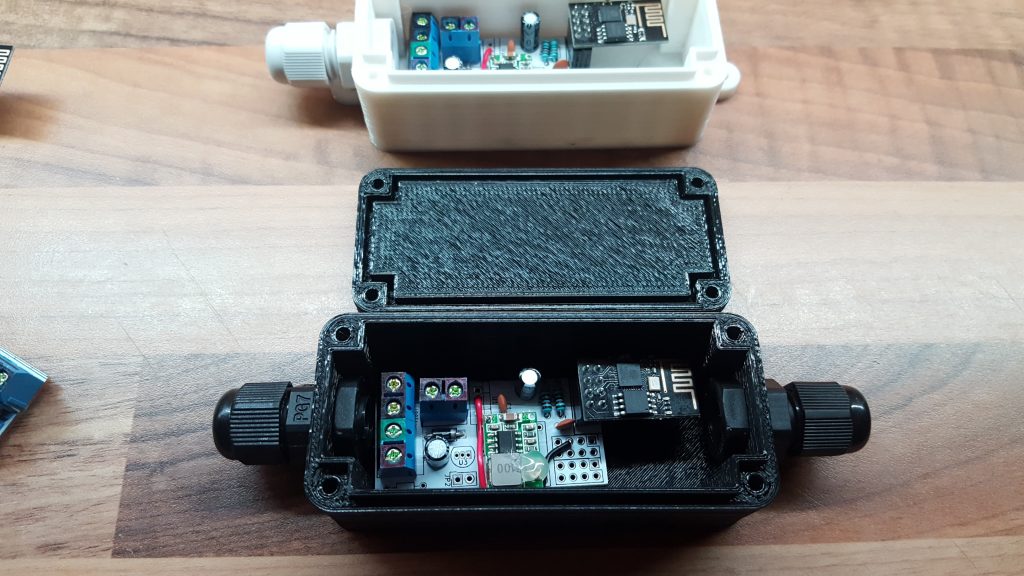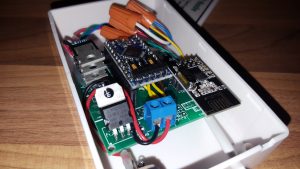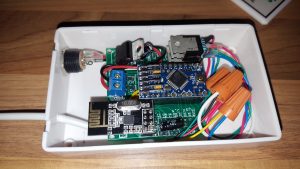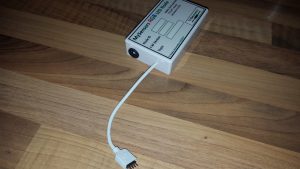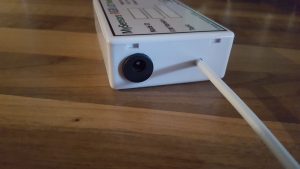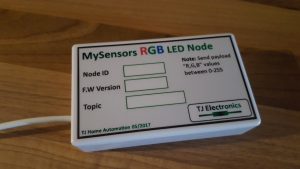The LED Pixel lights i’ve put up require either 5V or 12V DC at reasonable high currents. To power them i’m using a PC ATX Power supply i got cheap of Ebay. It has a good power output along with built in overload / short circuit protection.
As we are dealing with small voltages, voltage drop along the cables is a concern. So i’m going to put the power supply as close to the lights as possible which will be outside. This also means i can run one small mains flex through the window, instead of trying to fit multiple thicker cables through.
To keep it protected from the elements the power supply is fixed an a generic IP rated enclosure with a bit of silicone. Whilst it has no airflow in the box, i won’t be using it at it’s full rated wattage, plus it’s very cold outside at the moment. Worst case scenario it will just shut its self of if it does get to warm.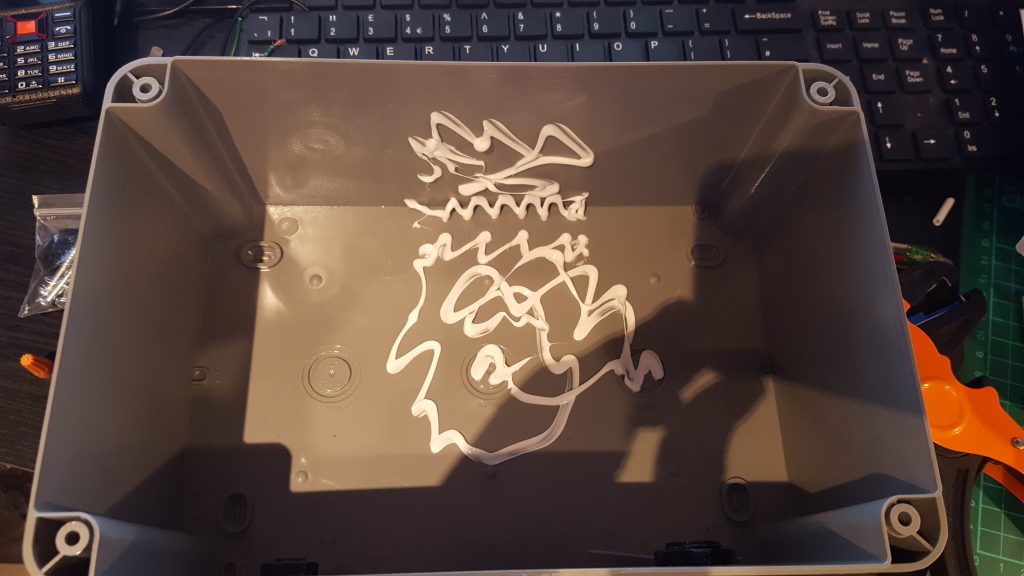

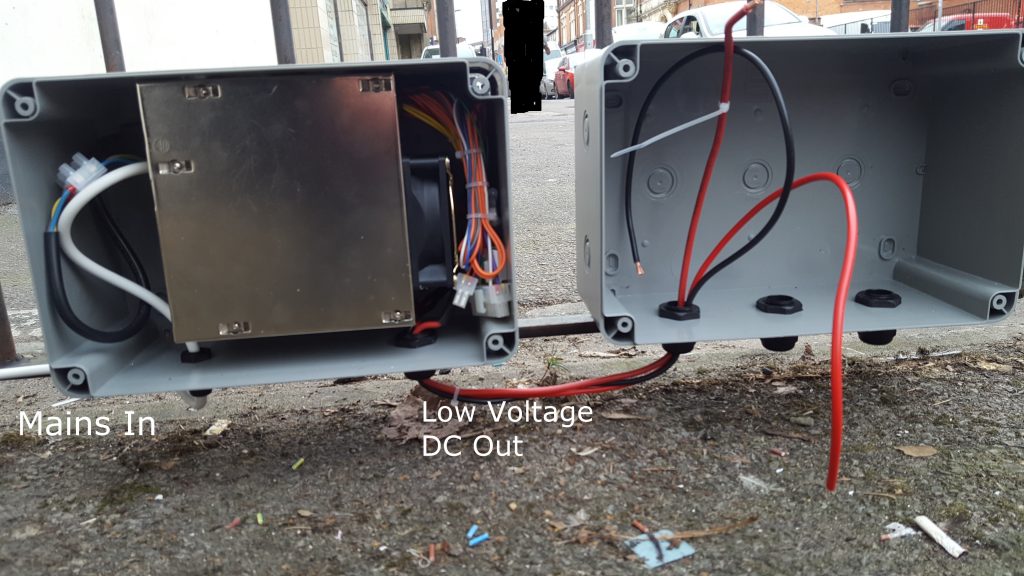
As you can see the box was fitted on my railings next to another. Mains 230v enters on the left and the low voltage DC comes out on the right, into another box. The box on the right is where the Pixel Grid and Pixel Star will be wired into. This keeps the mains nicely separated.
The cable between the two boxes is 4mm that i got from some rubbish jump leads. The cable i used to connect the different elements is 2.5mm Speaker Cable from Ebay. Any thicker cable than this would be allot more expensive and also a struggle to fit through cable glands and into crimps.
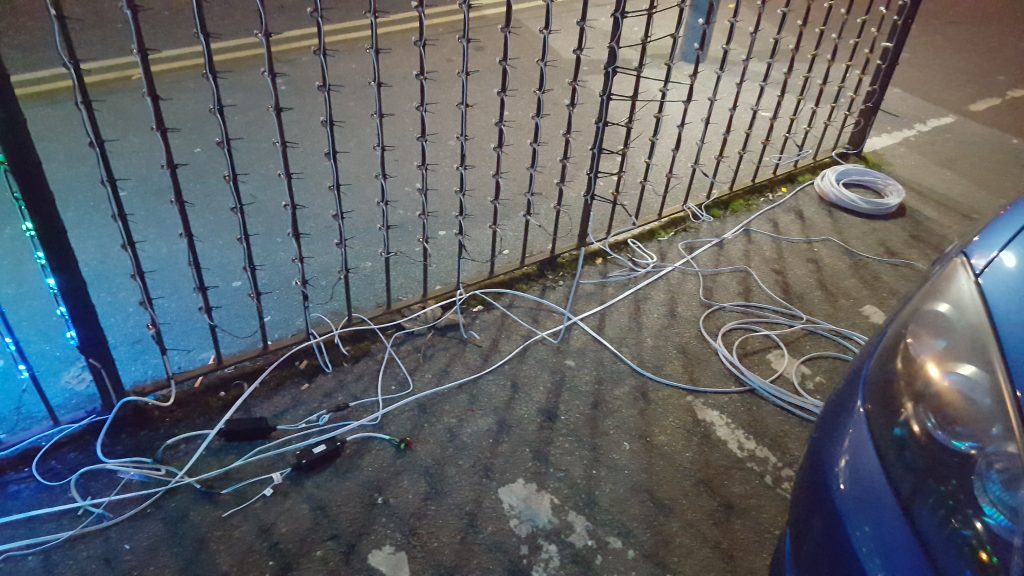
Each 1/4 of the Pixel Grid had it’s own 2.5mm supply cable from the power supply.
I 3D Printed junction boxes for making connections in, I found this nice design online and edited it to include another variable to fit a seal, you can find my version here.



I originally tried using an elastic band as a seal but in the end ordered some ‘rubber cord’ from Ebay that does the job well. To test it out i printed a box without holes and then submersed it in shallow water for half hour.

Upon opening the lid i was impressed to see just one tiny drop of water in the corner as you can see above. This means it should be fine when outside in a little rain.
To connect the cables within these junction boxes i used ‘wire nuts’ something that i believe is quite common in the states but not really seen here in the UK. They’re perfect for this as they’re quick and easy whilst still making a good reliable connection. They’re also reusable which is ideal in this temporary situation.


Despite running multiple cables, i still had an issue with the voltage dropping to low and the controllers when all the lights were set to white. This would freeze the micro controller meaning you’d have to reset the power supply to get them going again. As a test, i ran a separate power cable to the controllers on two of the 1/4s and it seemed to solve the issue – something to remember for next year.
I also had the same issue with the Pixel Spinner, to get around it on that one, i changed the supply voltage over to 12V and then used this 12v-5v step down regulator just before the lights.

Whilst advertised as waterproof when i purchased it from Ebay, it clearly wasn’t, so i wrapped it in some Self Amalgamating Waterproof Tape, this should hopefully do the job for a few weeks.
